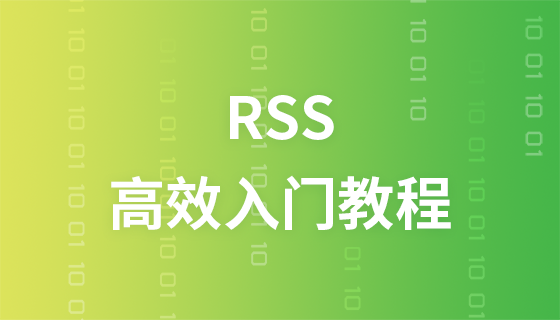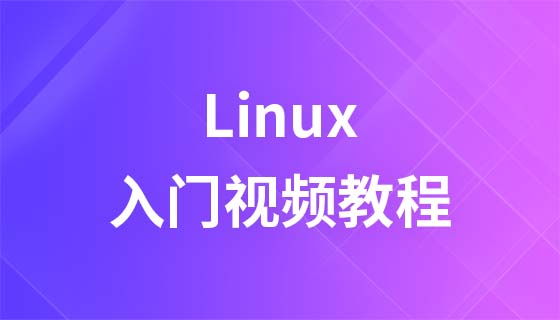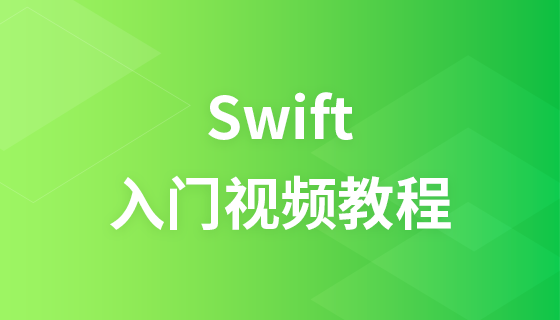JavaScript error
JavaScript Errors - throw, try, and catch
try statements test for errors in blocks of code.
catch statement processing error.
throw statement creates a custom error.
JavaScript Error
When the JavaScript engine executes JavaScript code, various mistake.
may be a syntax error, usually a coding error or typo made by the programmer.
could be a spelling mistake or a missing feature in the language (possibly due to browser differences).
The error may be caused by incorrect output from the server or user.
Of course, it may also be due to many other unpredictable factors.
JavaScript throws an error
When When an error occurs, when something goes wrong, the JavaScript engine usually stops and generates an error message.
The technical term to describe this situation is: JavaScript will throw an error.
##JavaScript try and catch
try The statement allows us to define blocks of code that are tested for errors when executed.
catch statement allows us to define the code block that is executed when an error occurs in the try code block.
JavaScript statementstry and catch appear in pairs.
Syntax
try {//Run the code here
} catch(err) {
//Handle errors here
}
Example
In the following example, we intentionally There is a typo written in the code of the try block. Intentionally writing the alert as addlert<!DOCTYPE html>
<html>
<head>
<meta charset="utf-8">
<title>php中文网(php.cn)</title>
<script>
var txt="";
function message(){
try {
adddlert("Welcome guest!");
}
catch(err) {
txt="本页有一个错误。\n\n";
txt+="错误描述:" + err.message + "\n\n";
txt+="点击确定继续。\n\n";
alert(txt);
}
}
</script>
</head>
<body>
<input type="button" value="查看消息" onclick="message()" />
</body>
</html>Run the program to try itThrow statement
The throw statement allows us to create custom errors. The correct technical term is: creating or throwing an exception.If you use throw with try and catch, you can control the program flow and generate custom error messages.
Syntax
throw exception
Exception can be JavaScript string, number, logical value or object.
Example
This example detects the value of the input variable. If the value is wrong, an exception (error) is thrown. catch will catch this error and display a custom error message:
<!DOCTYPE html>
<html>
<head>
<meta charset="utf-8">
<title>php中文网(php.cn)</title>
<script>
function myFunction(){
try{
var x=document.getElementById("demo").value;
if(x=="") throw "值为空";
if(isNaN(x)) throw "不是数字";
if(x>10) throw "太大";
if(x<5) throw "太小";
}
catch(err){
var y=document.getElementById("mess");
y.innerHTML="错误:" + err + "。";
}
}
</script>
</head>
<body>
<h1>我的第一个 JavaScript</h1>
<p>请输出一个 5 到 10 之间的数字:</p>
<input id="demo" type="text">
<button type="button" onclick="myFunction()">测试输入</button>
<p id="mess"></p>
</body>
</html>Run the program and try it
Note, if the getElementById function makes an error, the above The example will also throw an error.














